Why does the bridge crane experience welding deformation?
Before using the bridge crane, it is necessary to weld it. During the welding process, welding deformation may occur. Why does the bridge crane experience welding deformation? Next, let the Shandong bridge crane manufacturer introduce it to us.
1. During the maintenance process, welding deformation of the bridge crane was discovered, and its deformation control has become an urgent problem that needs to be solved. Due to the typical box beam structure of the bridge crane, which has multiple welds and a complex structure, welding stress and deformation are significant. If a reasonable design and construction process plan is not adopted, deformation will occur during the welding process, which will seriously affect the welding quality and even lead to the inability to install and use the structure correctly.
2. It is important to fully understand the causes of welding deformation in order to take appropriate measures based on the specific situation, reduce the degree of welding deformation to a small value, ensure the correct and reasonable use of the structure, and better improve the various performance of bridge cranes, providing guarantees for better construction.
3. Usually, the main cause of welding deformation in bridge cranes is uneven heat input. The magnitude of heat input is closely related to the material and structure of the welding. Both material and structural factors affect the metal movement around the heat source, causing it to be affected by both internal and external constraints, resulting in stress deformation of the welding material. Welding deformation mainly includes shrinkage deformation (longitudinal and transverse shrinkage), bending deformation, angular deformation, wave deformation, twisting deformation, etc., which are reflected in the external structure of the bridge crane, showing local uplift, distortion, bending, and twisting.
4. There are many reasons that can lead to these problems during the welding process, such as the size of the weld seam not being accurate enough, the number of weld seams not meeting the predetermined standards, significant errors between the welding position and the designed position, weak thermal and physical properties of the welding material, unfavorable construction processes for achieving the best welding state, selection of welding parameters, etc. Each specific link needs to be carefully grasped in order to effectively achieve the desired effect.
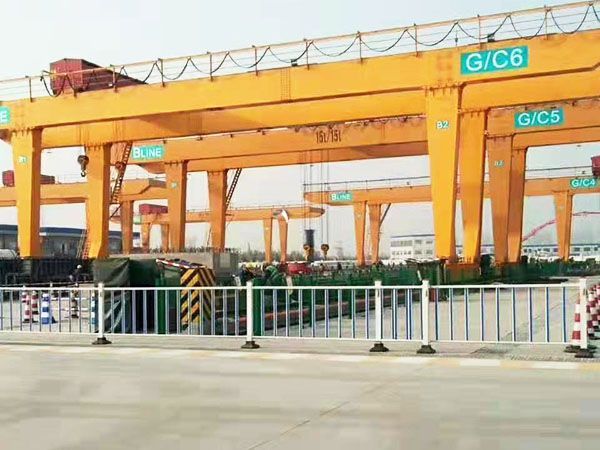
| Previous:What are the tips for choosing an electric single beam crane | Next:What are the differences between single beam cranes and double beam cranes? |


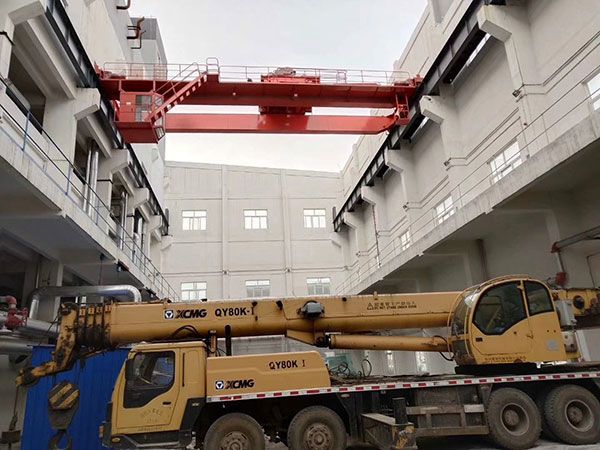
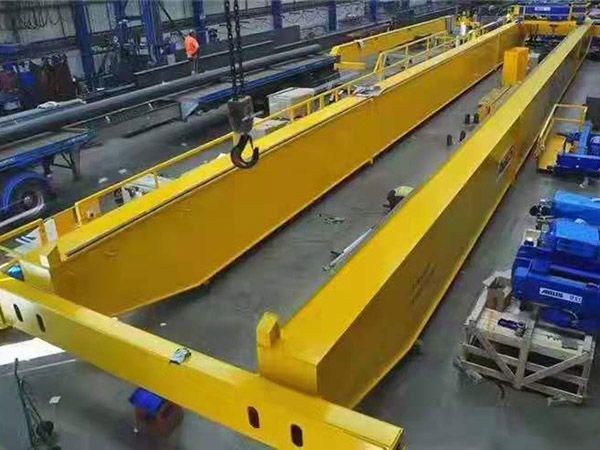

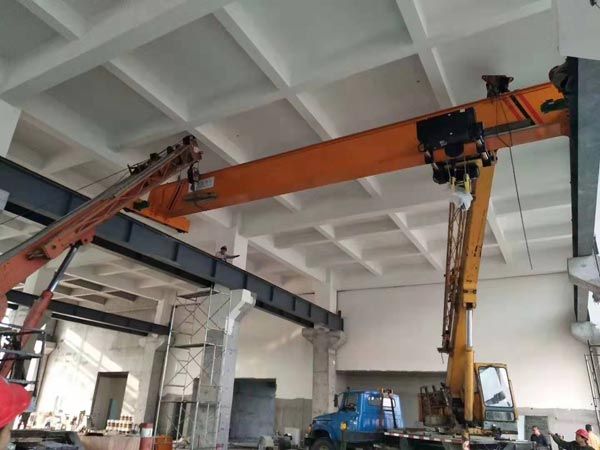
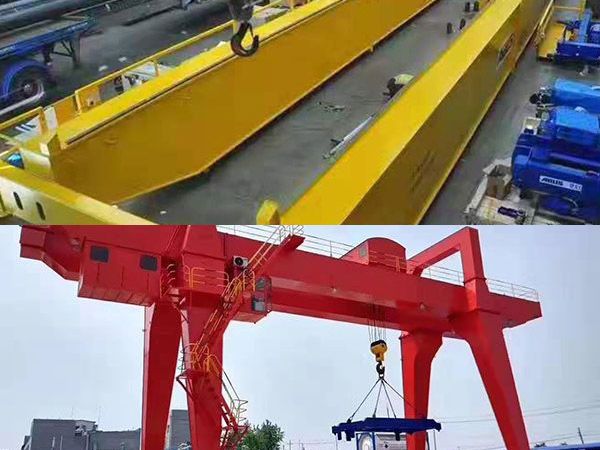
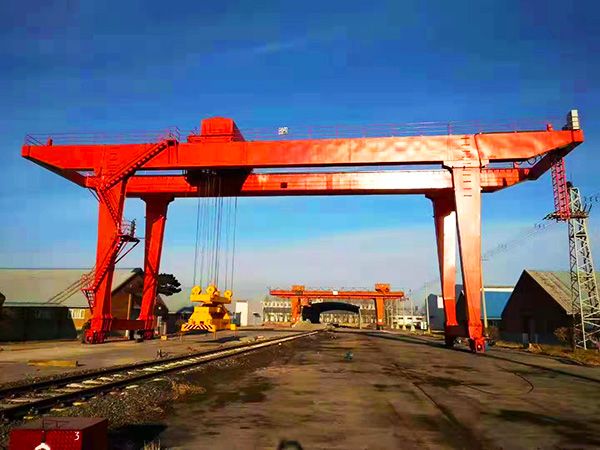
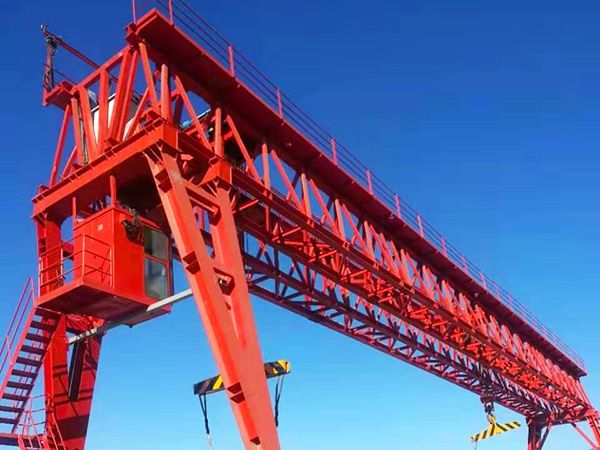
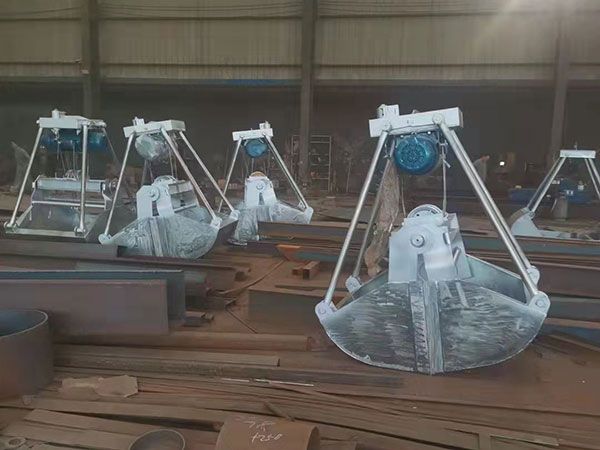
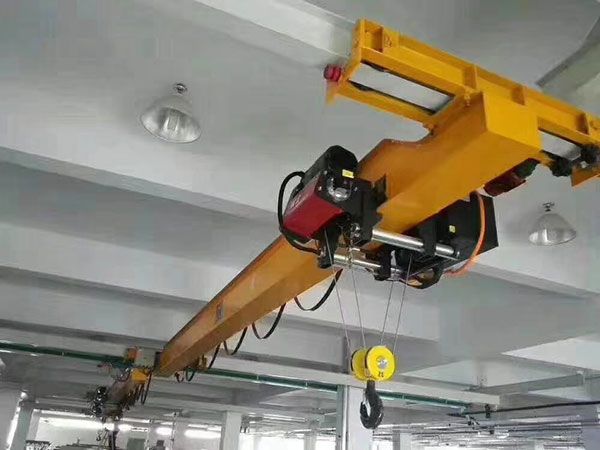
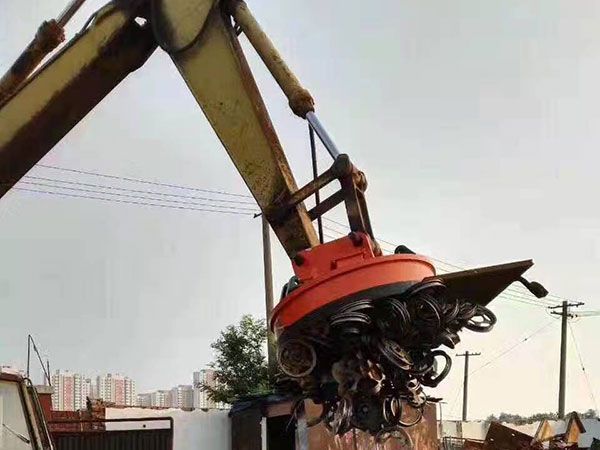
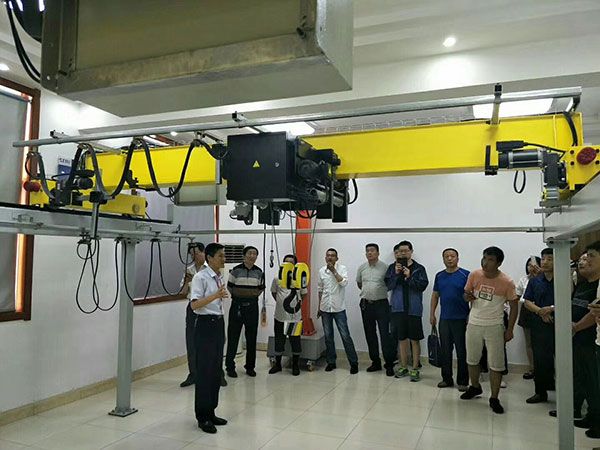
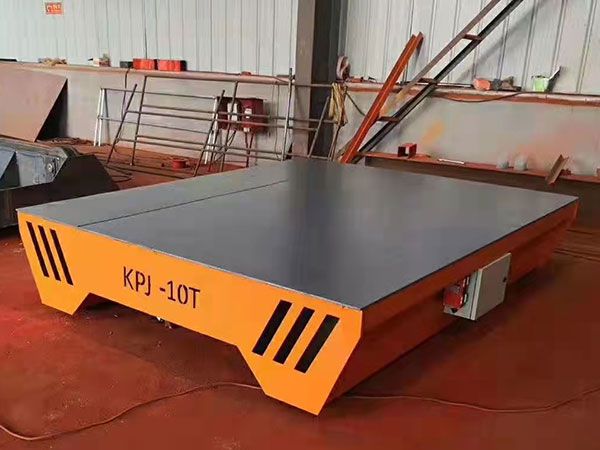








 Home
Home
 Tel
Tel
 Product
Product